The global culinary landscape has shifted dramatically over the past decade, with unexpected cities emerging as vibrant food destinations. While traditional culinary capitals still shine, these transformative cities have crafted unique food identities that rival the world’s most established gastronomy hubs.
Here is a list of 20 cities that have transformed their food scenes through innovation, cultural fusion, and a dedication to culinary excellence.
Nashville

Nashville has evolved far beyond its hot chicken origins to become the South’s most exciting food city. Local chefs blend Southern comfort food with global influences, creating distinctive dishes that honor tradition while embracing innovation.
The city’s rapid growth has attracted talented chefs from across the country, each adding their own interpretation of Southern cuisine to the mix. Neighborhoods like East Nashville and Germantown have become incubators for experimental concepts that push culinary boundaries.
The city’s dining scene now ranges from refined tasting menus to elevated meat-and-three spots, all while maintaining its authentic Southern soul.
Tijuana
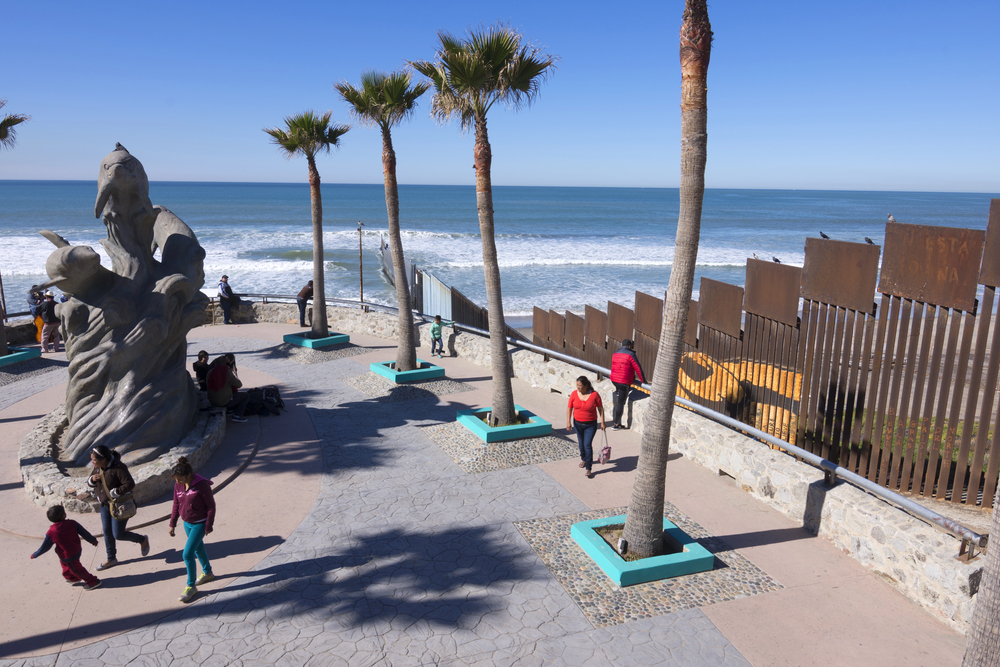
This border city has transformed from a tourist trap into Mexico’s most exciting culinary destination. Local chefs have created Baja Med cuisine, a revolutionary blend of Mexican, Mediterranean, and Asian influences that showcases the region’s exceptional seafood and produce.
The city’s street food scene has evolved into a testing ground for innovative dishes that eventually make their way into high-end restaurants. Tijuana’s wine scene has exploded thanks to its proximity to Valle de Guadalupe, Mexico’s premier wine region.
The city’s revival has attracted international chefs and food lovers seeking authentic Mexican flavors with contemporary twists.
Like Travel Pug’s content? Follow us on MSN.
Richmond

Virginia’s capital has shed its staid reputation to emerge as the South’s most underrated food city. The city’s historic beer brewing tradition has evolved into a craft beverage scene that includes meaderies, cideries, and urban wineries.
Local chefs combine Virginia’s agricultural bounty with influences from the city’s diverse immigrant communities. Richmond’s transformation from a Confederate capital to a culinary destination reflects larger changes in Southern food culture.
The city’s restaurant scene spans from refined takes on Southern classics to innovative fusion concepts that push regional boundaries.
Medellin

Colombia’s second city has transformed its food scene from traditional to trend-setting in less than a decade. Local chefs celebrate Colombian ingredients and traditions while incorporating techniques and flavors from their international training.
The city’s year-round growing season provides an endless supply of exotic fruits and vegetables that inspire creative dishes. Medellin’s cafe culture has evolved into a world-class coffee scene that showcases Colombia’s finest beans. The city’s renewed focus on local ingredients has sparked a revival of traditional Antioquian cuisine with modern twists.
Detroit

Detroit’s culinary renaissance mirrors its larger urban revival, with food leading the way. Abandoned buildings have been transformed into innovative restaurants, urban farms, and food incubators that support local entrepreneurs.
The city’s multicultural heritage shapes its modern food scene, with influences from Middle Eastern, Polish, and African American communities. Detroit’s urban farming movement has created a hyperlocal supply chain that connects city farmers directly with restaurants.
The city’s affordable real estate has attracted ambitious chefs looking to experiment without the pressures of higher-cost markets.
Like Travel Pug’s content? Follow us on MSN.
Ljubljana
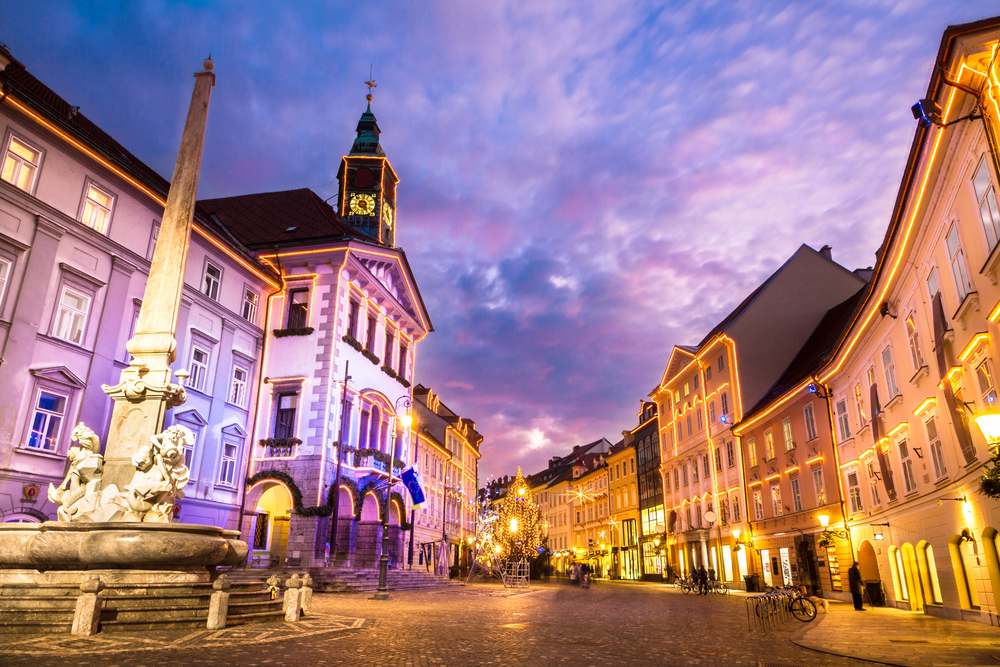
Slovenia’s capital has emerged from obscurity to become Central Europe’s most innovative food city. Local chefs combine Slovenia’s diverse cultural influences – Italian, Austrian, and Balkan – with contemporary techniques and presentations.
The city’s commitment to sustainability has created a restaurant scene where local and seasonal ingredients take center stage. Ljubljana’s Open Kitchen market has evolved from a weekly event into an incubator for new restaurant concepts.
The city’s proximity to both the Alps and the Adriatic provides an incredible range of ingredients that inspire creative cooking.
Providence

Rhode Island’s capital has transformed from a college town into New England’s most exciting food destination. The city’s strong Italian-American heritage has evolved into a modern scene that embraces global influences while honoring local traditions.
Johnson & Wales University’s culinary program provides a constant stream of talented young chefs eager to make their mark. Providence’s position between Boston and New York allows it to draw inspiration from both cities while maintaining its own identity.
The city’s affordable rents have attracted ambitious chefs looking to experiment with new concepts.
Ghent
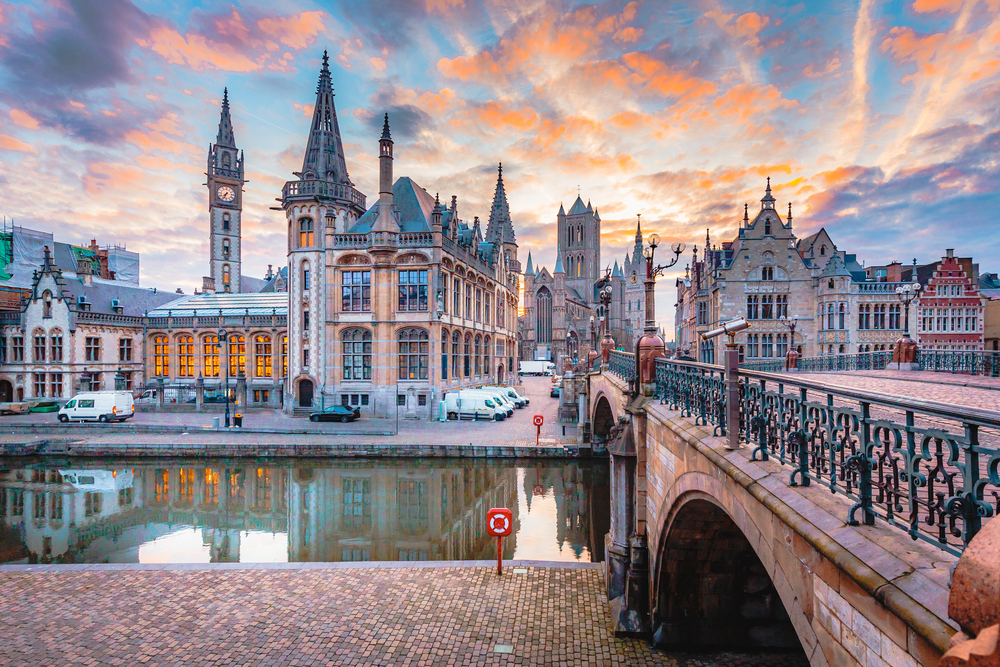
This Belgian city has shed its tourist-town image to become Europe’s vegetable-forward food capital. Local chefs embrace plant-based cooking without sacrificing flavor or creativity, creating dishes that appeal to all diners.
The city’s Thursday Veggiedag (Vegetarian Thursday) initiative has sparked a broader conversation about sustainable eating. Ghent’s historic brewing tradition has evolved into a craft beer scene that rivals Brussels.
The city’s medieval architecture provides a stunning backdrop for its modern food revolution.
Like Travel Pug’s content? Follow us on MSN.
Pittsburgh

The Steel City has forged a new identity as a destination for innovative American cuisine. Local chefs combine Pennsylvania’s agricultural heritage with modern techniques and global influences.
The city’s industrial spaces have been transformed into stunning restaurants that honor Pittsburgh’s working-class roots. The Strip District has evolved from a wholesale market into a dining destination that showcases the city’s cultural diversity.
Pittsburgh’s affordable cost of living has attracted talented chefs looking to establish their own restaurants.
Hobart

Tasmania’s capital has transformed from a sleepy port town into Australia’s most exciting food city. The island’s incredible produce, seafood, and wines provide chefs with world-class ingredients for their creative ventures.
Local restaurants embrace Tasmania’s wild foods, incorporating native ingredients into contemporary dishes. Hobart’s MONA museum has attracted international attention and sparked a cultural renaissance that includes food.
The city’s position at the edge of the world encourages chefs to take risks and develop unique approaches to cooking.
Kansas City

This Midwestern hub has evolved beyond barbecue to become a comprehensive culinary destination. Local chefs combine the region’s exceptional meat and produce with global influences and modern techniques.
The city’s Crossroads Arts District has transformed into a dining destination that rivals coastal food neighborhoods. Kansas City’s craft beverage scene has exploded, with local distilleries and breweries supporting innovative food concepts.
The city’s affordable real estate allows chefs to take risks with new restaurant concepts.
Like Travel Pug’s content? Follow us on MSN.
Valencia
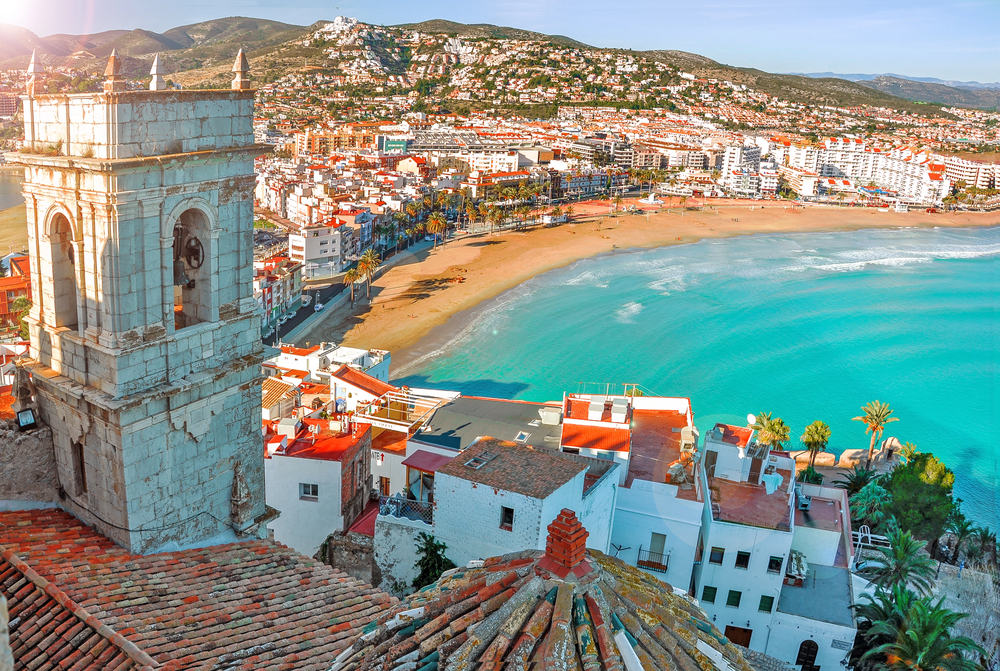
Spain’s third-largest city has stepped out of Barcelona and Madrid’s shadow to create its own culinary identity. Local chefs celebrate the region’s incredible rice dishes while pushing boundaries with modern interpretations.
The city’s Central Market has evolved from a traditional food hall into an incubator for new culinary concepts. Valencia’s position between the mountains and the Mediterranean provides an incredible range of ingredients that inspire creative cooking.
The city’s affordable lifestyle attracts young chefs looking to experiment with traditional Spanish cuisine.
Oakland
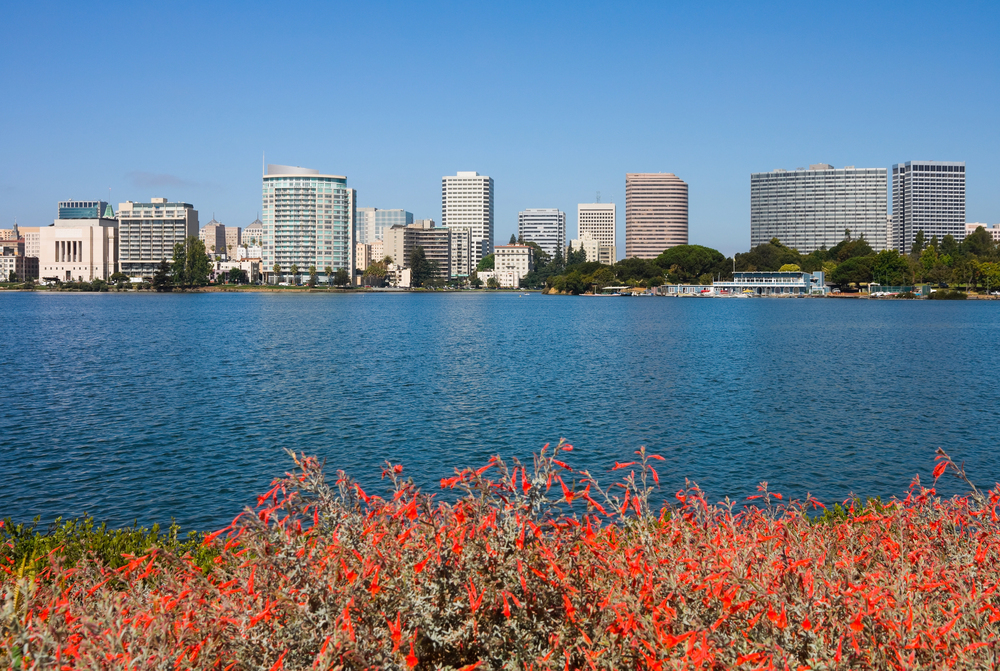
This Bay Area city has transformed from San Francisco’s shadow into a culinary powerhouse in its own right. Local chefs combine California’s incredible ingredients with influences from the city’s diverse communities.
Oakland’s affordable rents have attracted talented chefs looking to establish unique concepts without San Francisco’s overhead. The city’s food scene reflects its community activism, with many restaurants embracing social justice initiatives.
Oakland’s diversity creates a dining scene where high-end tasting menus coexist with exceptional street food.
Chengdu

Sichuan’s capital has evolved from a regional Chinese food city into an international culinary destination. Local chefs reinterpret traditional Sichuan cuisine with modern techniques while maintaining its famous bold flavors.
The city’s street food scene has transformed into a testing ground for innovative dishes that eventually influence high-end restaurants. Chengdu’s designation as a UNESCO City of Gastronomy has sparked investment in culinary education and innovation.
The city’s rapid growth has attracted international chefs eager to learn about and experiment with Sichuan flavors.
Like Travel Pug’s content? Follow us on MSN.
Minneapolis

The Mill City has transformed its Nordic-influenced food scene into a diverse culinary landscape. Local chefs combine Minnesota’s agricultural bounty with influences from the city’s growing immigrant communities.
The North Loop neighborhood has evolved from a warehouse district into one of America’s most exciting dining destinations. Minneapolis’s craft beer scene has created a sophisticated drinking culture that demands equally impressive food.
The city’s harsh winters have inspired creative approaches to seasonal cooking and preservation.
Aarhus
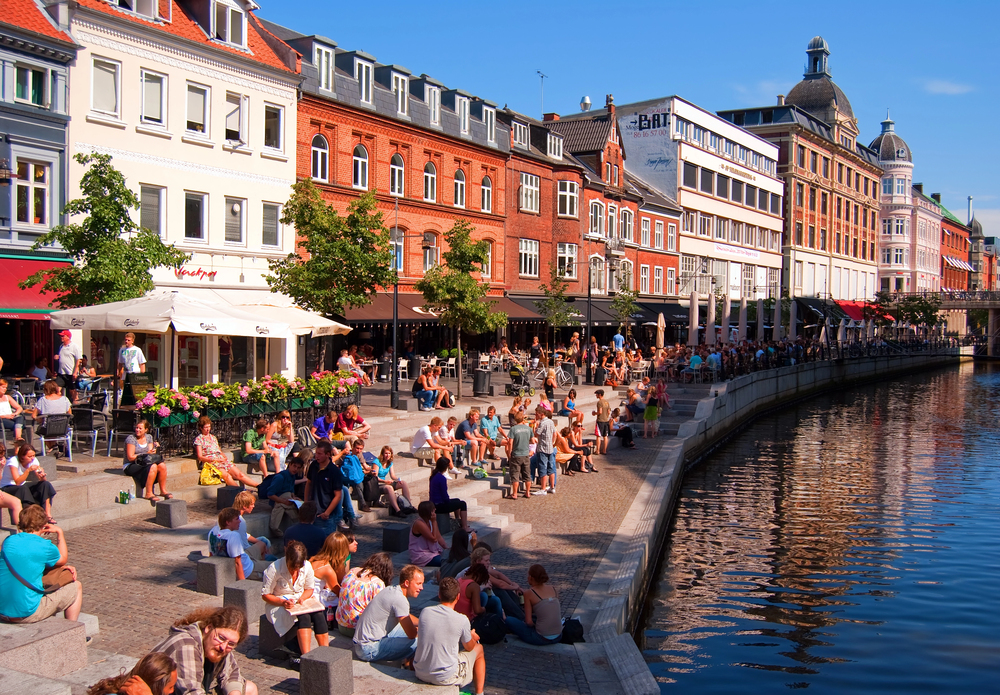
Denmark’s second city has emerged from Copenhagen’s shadow to create its own New Nordic identity. Local chefs embrace the region’s incredible seafood and foraged ingredients while developing their own interpretations of Danish cuisine.
The city’s harbor has transformed from an industrial zone into a dining destination that showcases Aarhus’s maritime heritage. The presence of leading food scientists at Aarhus University has sparked collaboration between academia and restaurants.
The city’s more relaxed pace allows chefs to experiment without Copenhagen’s intense pressure.
Porto
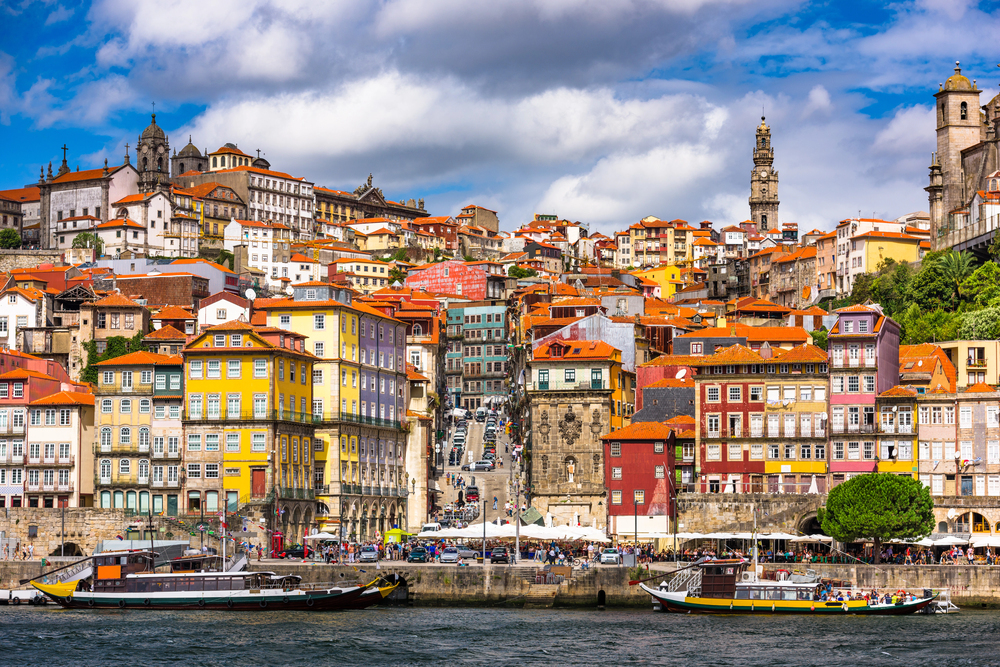
Portugal’s northern capital has transformed its traditional food scene into a creative culinary destination. Local chefs honor Porto’s rich culinary heritage while incorporating modern techniques and presentations.
The city’s port wine industry has evolved into a sophisticated wine culture that demands exceptional food. Porto’s historic Bolhão Market has been revitalized as a showcase for both traditional and innovative food concepts.
The city’s affordability attracts young chefs looking to experiment with Portuguese cuisine.
Like Travel Pug’s content? Follow us on MSN.
Buffalo

This Rust Belt city has evolved far beyond wings to create a distinctive modern food identity. Local chefs celebrate Buffalo’s immigrant heritage while creating new dishes that reflect the city’s contemporary character.
The city’s proximity to exceptional farmland and the Great Lakes provides restaurants with outstanding local ingredients. Buffalo’s revitalized neighborhoods have created new dining districts that showcase the city’s culinary diversity.
The city’s affordability allows chefs to take risks with innovative concepts that would be impossible in larger markets.
Wellington
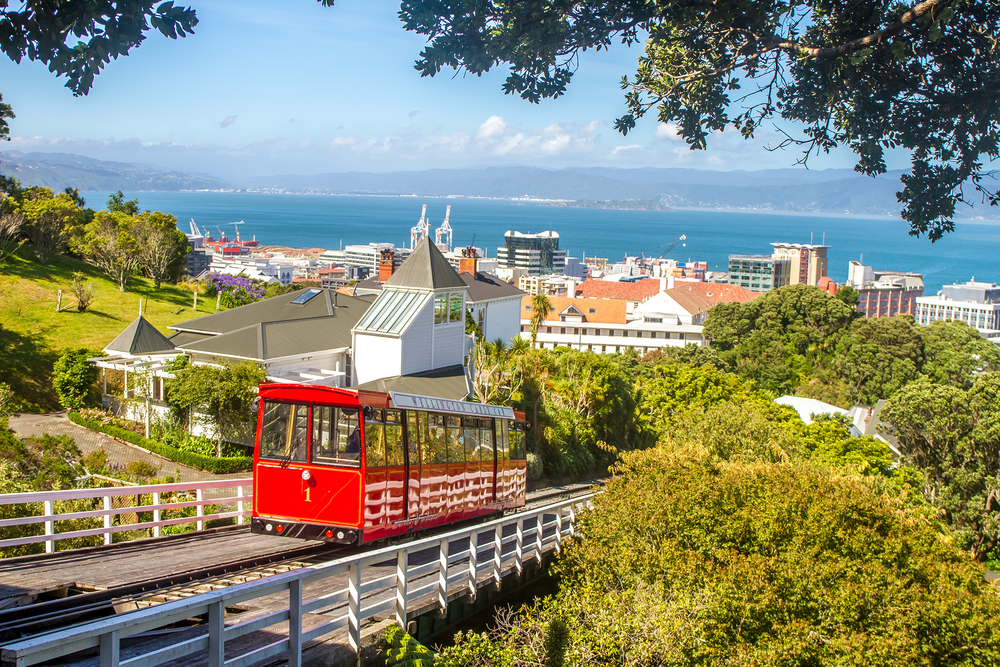
New Zealand’s capital has transformed from a government town into the Southern Hemisphere’s most exciting food city. Local chefs combine the country’s exceptional ingredients with influences from their extensive international training.
The city’s compact size creates an environment where chefs regularly collaborate and inspire each other to greater creativity. Wellington’s coffee culture has evolved into a comprehensive beverage scene that includes natural wines and craft cocktails.
The city’s position between the sea and mountains provides an incredible range of ingredients that inspire innovative cooking.
Durham

North Carolina’s Bull City has evolved from a tobacco town into the South’s most progressive food city. Local chefs combine Southern traditions with global influences and modern techniques that reflect Durham’s cosmopolitan character.
The city’s tobacco warehouses have been transformed into restaurants that honor Durham’s industrial heritage while creating something entirely new. Durham’s position in the Research Triangle provides a sophisticated audience eager to support innovative dining concepts.
The city’s commitment to social justice influences its food scene, with many restaurants focusing on sustainability and community support.
Like Travel Pug’s content? Follow us on MSN.
Taste of Transformation

These cities prove that culinary excellence can flourish in unexpected places with the right combination of talent, resources, and community support. Their transformations demonstrate how food culture can drive broader urban renewal and create new opportunities for creative expression.
Each city’s journey from traditional to innovative reflects larger changes in global food culture. Their success provides a blueprint for other cities looking to develop distinctive culinary identities in the modern food world.
More from Travel Pug

- 20 Towns Built for One Purpose That Were Later Abandoned
- 15 Hidden Spots in Disney World’s Magic Kingdom Most Visitors Miss
- 15 Most Scenic Walks Anywhere in The World
- 15 Canyons in the U.S. That Are Just as Stunning as the Grand Canyon
- 10 Under-the-Radar Mountain Towns That Are Both Affordable and Beautiful
Like Travel Pug’s content? Follow us on MSN.
